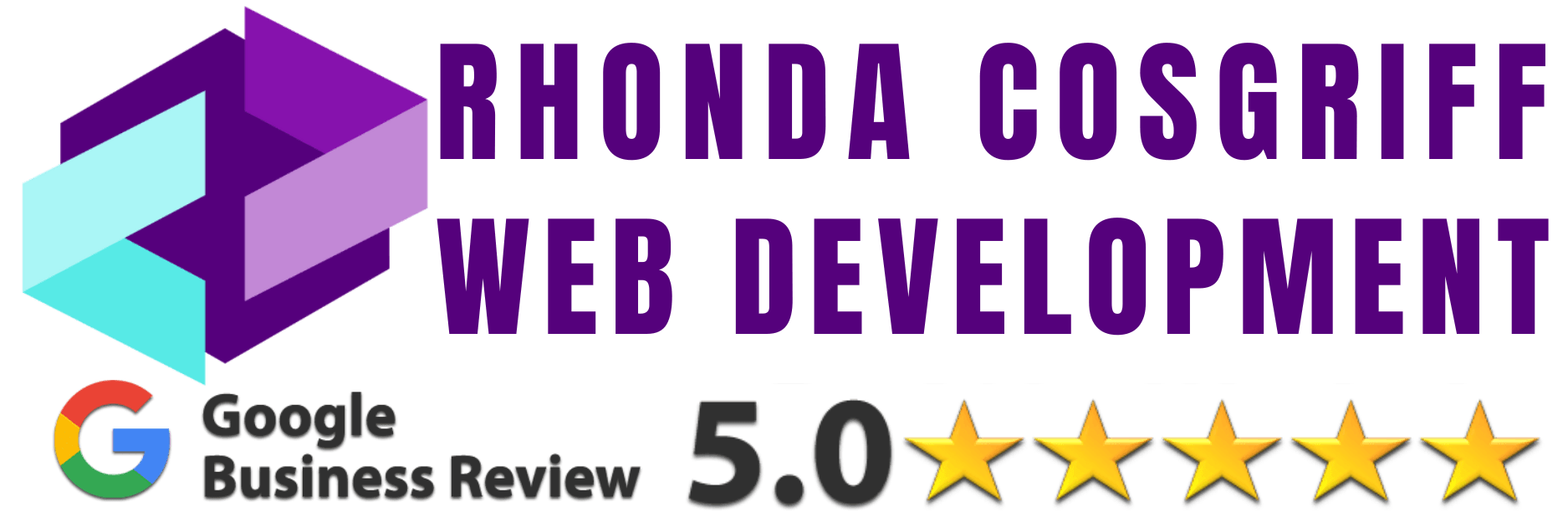 What is Web Development?
What is Web Development?
Web development refers to the creating, building, and maintaining of websites. It includes aspects such as web design, web publishing, web programming, server management, database management, digital marketing campaigns, and web maintenance. It is the creation of an application that works over the internet i.e. websites. Web development sometimes incorrectly referred to as website development is the process of building and maintaining websites and web applications the controls an entities online presence.
It encompasses various technologies and tools used to create the front-end (client-side) and back-end (server-side) components of a website. A successful web development project requires a combination of programming languages, frameworks, and tools to deliver a seamless and interactive user experience. If someone says Web Development they usually mean the entire process including the back-end coding that makes it all work, whereas if they say website design or sometimes website development they sometimes just mean the front-end design aspect so you need to make sure your designer can actually do Web Development and not just website design. Website designers are sometimes just visual designers and can’t make the site function nor write any code. Let’s learn about some different types of coding languages that web developers need to know below.
 According to wiki
According to wiki
“Web development is the work involved in developing a website for the Internet (World Wide Web) or an intranet (a private network).[1] Web development can range from developing a simple single static page of plain text to complex web applications, electronic businesses, and social network services. A more comprehensive list of tasks to which Web development commonly refers, may include Web engineering, Web design, Web content development, client liaison, client-side/server-side scripting, Web server and network security configuration, and e-commerce development.
Among Web professionals, “Web development” usually refers to the main non-design aspects of building Web sites: writing markup and coding.[2] Web development may use content management systems (CMS) to make content changes easier and available with basic technical skills.”-https://en.wikipedia.org/wiki/Web_development
Web Design: Molding the Online Experience
Web design is the art and science of creating an aesthetically pleasing and user-friendly website. It encompasses layout design, color schemes, fonts, and interactive elements, ensuring a seamless user experience. A well-designed website not only captivates visitors but also communicates your brand’s essence effectively. Sometimes “website design” can refer to visual design only so make sure when hiring your designer that they can actually make it function properly also.
Web Publishing: Sharing Your Story with the World
Web publishing involves the process of creating and uploading content to the internet. From articles and blog posts to multimedia content, this facet allows you to disseminate information to a global audience. Effective web publishing strategies can enhance your online presence and drive engagement.
Web Programming: The Backbone of Functionality
Web programming involves writing code that enables the functionalities of a website. This includes implementing interactive features, database integration, and other dynamic elements. Skilled web programmers use languages like HTML, CSS, JavaScript, and PHP to breathe life into a design, making the website fully functional.
Coding Languages
HTML5
HTML5 (Hypertext Markup Language 5) is the latest version of the standard markup language used to structure and present content on the web. It provides a more extensive set of semantic elements, multimedia support, and improved form controls, enabling developers to create modern and accessible web pages.
CSS3
CSS3 (Cascading Style Sheets 3) is the latest version of the style sheet language used to control the presentation and layout of HTML documents. CSS3 introduces numerous enhancements, including animations, transitions, responsive design features, and support for custom fonts, allowing developers to create visually appealing and responsive websites.
JavaScript
JavaScript is a versatile and widely-used scripting language that enables interactivity and dynamic content on web pages. As a client-side programming language, JavaScript allows developers to create features such as interactive forms, animations, image sliders, and real-time updates without requiring a page refresh.
Front-end Frameworks (e.g., React, Angular)
Front-end frameworks are pre-built libraries and tools that simplify the development of interactive user interfaces. React and Angular are popular front-end frameworks used to build single-page applications (SPAs) and complex user interfaces. They offer reusable components, state management, and a structured architecture that streamlines development.
React
React, developed by Facebook, is a JavaScript library for building user interfaces. It uses a component-based architecture and a virtual DOM to efficiently update the UI in response to changes in data, resulting in high-performance web applications.
Angular
Angular, maintained by Google, is a comprehensive front-end framework for building dynamic and feature-rich web applications. It provides tools for two-way data binding, dependency injection, routing, and form handling.
Back-end Technologies (e.g., Node.js, Django)
Back-end technologies power the server-side of web applications, handling data processing, database interactions, and business logic. Different programming languages and frameworks are used for back-end development.
Node.js
Node.js is a server-side JavaScript runtime that allows developers to build scalable and fast web applications. It uses an event-driven, non-blocking I/O model, making it efficient for handling a large number of concurrent connections.
Django
Django is a high-level Python web framework that follows the “batteries-included” philosophy. It provides robust tools and libraries for handling common web development tasks, such as URL routing, database modeling, and user authentication.
Server Management: Keeping the Digital Engine Running
Server management is the process of overseeing and maintaining the servers that host websites. It involves ensuring server security, optimizing performance, managing data, and handling backups. A well-managed server is crucial for a website’s reliability and performance.
Database Management: Organizing the Digital Warehouse
Database management involves the organization, storage, and retrieval of data used by a website. It’s all about efficiently managing the information that powers your site, ensuring it’s easily accessible and secure. A well-structured database is vital for delivering dynamic and personalized content.
Web Maintenance and Hosting: Sustaining a Flawless Performance
Web maintenance and hosting involves regular updates, checks, and optimizations to ensure a website functions at its best. This includes monitoring for down-time, fixing bugs, updating content, enhancing security, and incorporating new features. A well-maintained and hosted website ensures a positive user experience and high rankings on search engines. User Analytics would fall under this category or Digital Marketing.
Digital Marketing Campaigns: Amplifying Your Reach
Digital marketing campaigns encompass a range of online marketing efforts to promote your brand, products, or services. These campaigns utilize various channels like social media, email marketing, search engine optimization (SEO), and more to reach and engage a broader audience. Effective campaigns can significantly boost your online visibility and drive conversions.
Understanding and harnessing these elements can propel your online presence to new heights. Whether you’re a business owner looking to establish a compelling website or an aspiring web professional aiming to master the digital domain, these fundamentals are your pathway to success in the dynamic world of the web.
FAQ’s
Conclusion
Web development is a multifaceted discipline that involves a combination of HTML5, CSS3, and JavaScript for front-end development, along with frameworks like React and Angular for building interactive user interfaces. On the back-end, technologies such as Node.js and Django handle data processing and server-side functionalities. By harnessing the power of these technologies, web developers can create dynamic, efficient, and user-friendly websites and web applications that cater to the needs and expectations of modern users.
Best Website Designer in Des Moines
Web Design and Development Services
Contact us now to get started!



 What is
What is 











